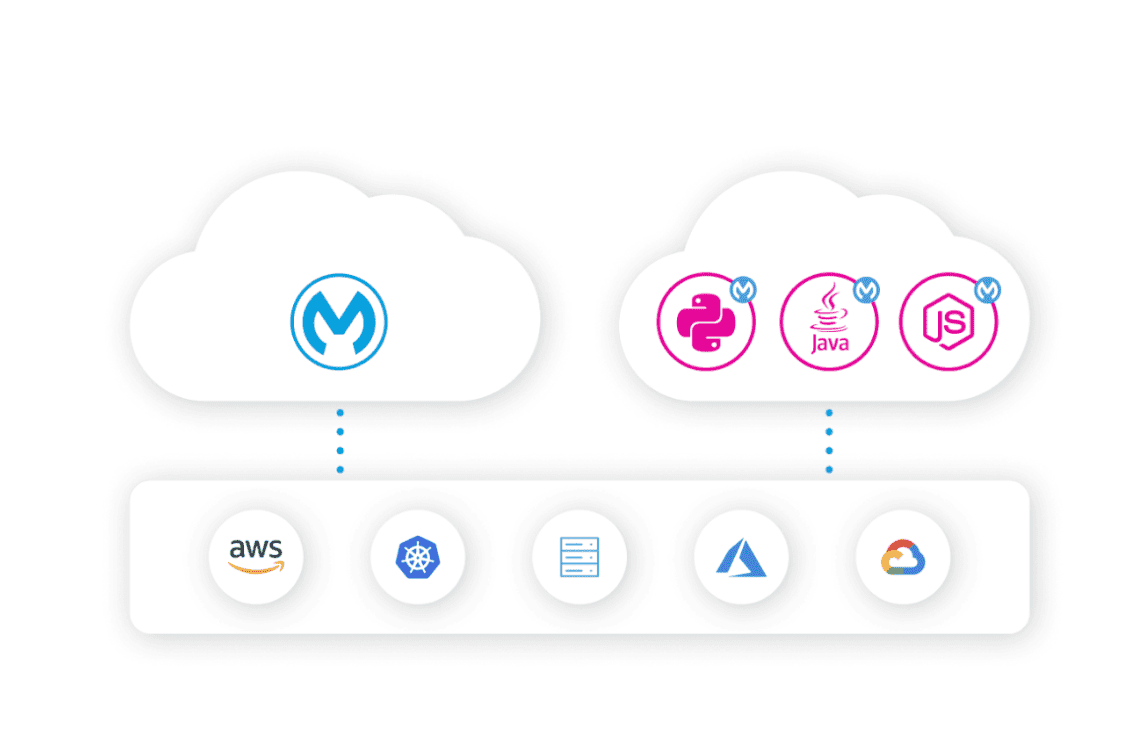API Gateway: What Is It and How Does It Work?
This article was written by Ma-Keba Frye, SEO Content Writer at MuleSoft.
Successful digital organizations recognize that their APIs grow in value the more they connect to a broader ecosystem of applications, developers, partners, and customer experiences. However, opening up this value could also lead to new security vulnerabilities. Anytime an organization enables public access to its APIs, it’s critical to ensure they are correctly secured and perform with optimal functionality.
What is a secure API gateway?
An API gateway is a common component in modern architectures, helping organizations route their API requests, aggregate API responses, and enforce service level agreements through features like rate limiting. It’s a critical element or tool of API management systems, acting as an entry point for incoming sends and requests.
An API gateway also plays an essential role as a secure access point that protects an organization’s APIs. They implement industry-standard encryption and access control –– giving API developers a way to let people in and direct them to the right place. Gateways point to the backend APIs and services you define and abstract them into a layer that your API management solution can regulate.
Why are API gateways important?
API gateways control access to APIs to protect them, reduce API abuse, and increase their value. Additionally, an API gateway add an insulation layer between providers and consumers of APIs. At a high level, an API gateway:
- Authorizes and authenticates: Ensures secure access to APIs and who (authorize) can call APIs
- Controls traffic: Throttling API traffic to avoid denial of service attacks — for example, order status API can be called a maximum of 10 times in a minute
- Adds telemetry and analytics: Understands how APIs are being used across traffic and usage patterns
API gateways can also help and enable additional capabilities, such as:
- API alerts: Traffic and policy alerts for more efficient API monitoring and health
- Efficient API development: Run multiple versions of APIs allowing customers to iterate, test, and release new versions quickly and protocol conversion to support multiple clients with single API
- Support modernization initiatives: Support DevOps and microservices initiatives by providing a security mechanism to control access to one API or a group of APIs
- API monetization: API analytics or usage provided by an API gateway can enable API monetization initiatives through billing, reports, and more
What does a secure API gateway do for your systems?
The best API gateways are designed from the ground up to provide robust security. An API gateway typically performs the following functions:
- Serving as an inline proxy point of control over APIs
- Verifying the identity associated with API requests through credential and token validation and other authentication means
- Determining which traffic is authorized to pass through the API to backend services
- Metering the traffic flowing through the APIs using rate limiting and throttling
- Logging all transactions and applying runtime policies to enforce governance
- Providing last-mile security to the backend services that power the APIs
Explore your API gateway options.
Organizations with a unified approach to universal API Management can use Anypoint Platform to discover, build, govern, and manage any API for universal visibility and consistent management. Use the adjustable Flex Gateway or embedded Mule Gateway to control access to any API and use a centralized control plane to manage security policies and analyze API traffic.
MuleSoft's industry-leading API management platform provides end-to-end, enterprise-grade security with the following API gateway options:
Anypoint Flex Gateway
Flex Gateway is an ultrafast and lightweight API gateway designed to manage and secure APIs running anywhere. Built to integrate with DevOps and CI/CD workflows seamlessly, Anypoint Flex Gateway delivers the performance required for the most demanding applications and microservices. It also provides enterprise security and manageability across any environment.

Anypoint Mule Gateway
Mule Runtime includes an embedded Mule Gateway. Using this gateway, a user can
- Apply a basic authentication policy on top of a Mule application
- Enrich an incoming/outgoing message
- Add any complex capability to an API without having to write any code
Anypoint Mule Gateway is embedded on top of a Mule application runtime and in this mode protects one API basic endpoint. The entire Mule application can also be used as a proxy to support multiple upstream applications. Anypoint Mule Gateway allows you to add a dedicated orchestration layer on top of your backend APIs and services to help you separate orchestration from implementation concerns.
Mule Gateway is purpose-built for MuleSoft-based applications and integration use cases — rather than tailored to a modern microservices approach.

How do API gateways and service mesh compare?
It's easy to recognize the value in API gateways as they control and protect APIs and applications, but how do they compare to service mesh? A service mesh is an architectural pattern used for microservices deployments that enables secure, faster, and more reliable service-to-service communications.
Anypoint Service Mesh enables you to extend your microservices network by including your non-MuleSoft applications within Anypoint Platform’s network. You can then manage and secure all of your applications and systems seamlessly from a single plane, regardless of their coding language or which platform or environment they're deployed on.
Both a service mesh and an API gateway can handle request routing, authentication, rate limiting, and monitoring, but an API gateway mainly focus on managing client-to-service traffic while a service mesh focuses on service-to-service communication. Together an API gateway and service mesh can drive digital transformation, support innovation, and scale security.
To learn more about finding the right API gateway for your business, check out this Anypoint Flex Gateway Benchmarking Guide.




